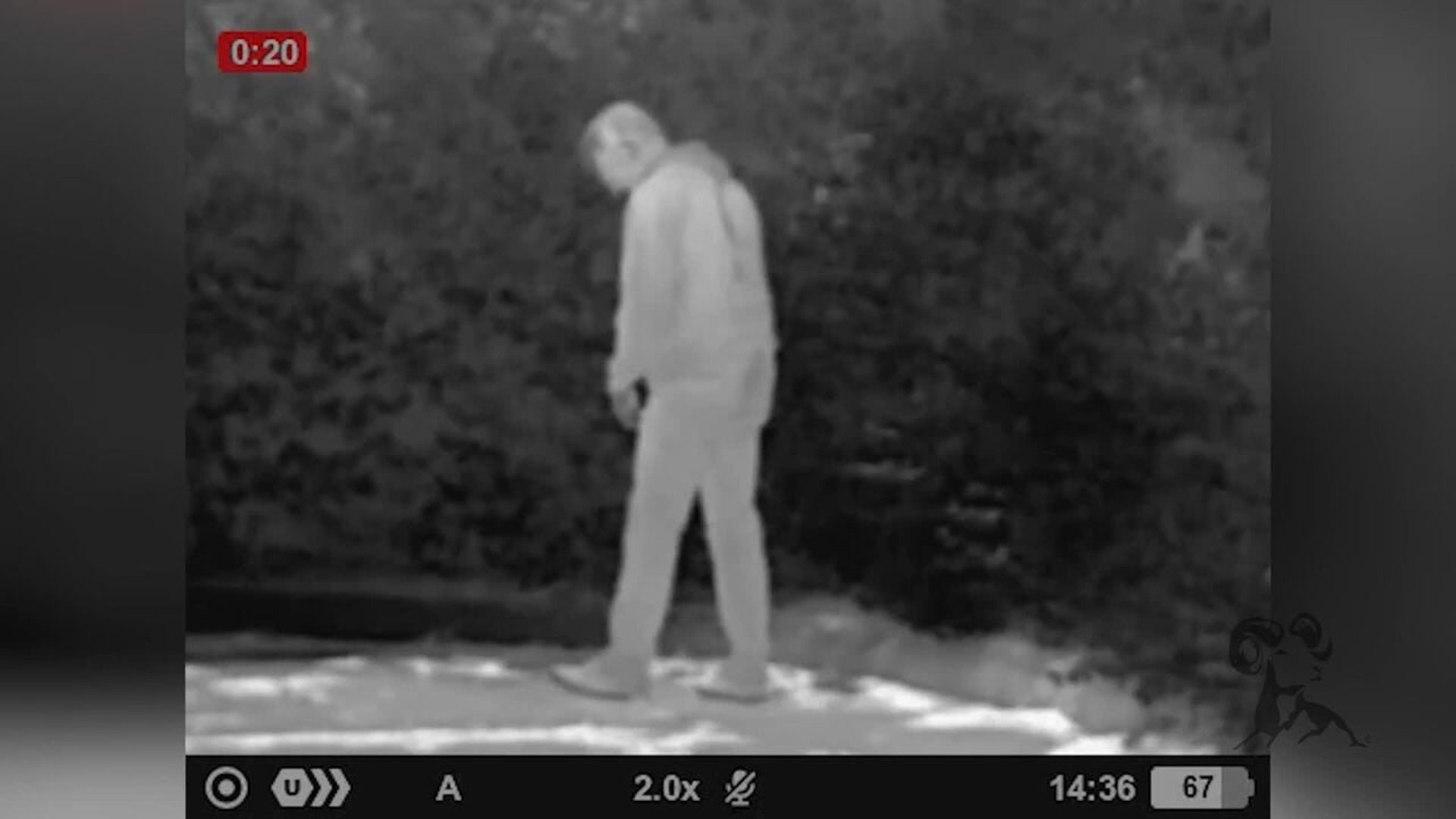Quick Tip: Hunting Safety with Thermal Optics
Introduction
Steve and Caleb from Brownells return with another informative session on thermal optics. In previous videos, they’ve covered how to mount and sight in a thermal scope, along with technical insights. This time, the focus shifts to something often overlooked but critical: thermal hunting safety. Whether you're new to thermal optics or a seasoned night hunter, this guide offers essential safety tips to prevent accidents and ensure responsible use.
Overview of Thermal Optics
Thermal optics are a game-changer for nighttime hunting. Unlike traditional optics or night vision devices, thermal scopes detect heat signatures. This allows users to see in total darkness, through brush, and even in fog or rain. However, this enhanced visibility comes with a unique set of challenges — especially when it comes to identifying targets clearly and safely.
Why Thermal Safety Is Different
Unlike night vision or the human eye, thermal imaging presents the world in a very different way. People and animals don’t always appear as they would in daylight. A person could look like an indistinct shape or blur, especially at a distance. That makes positive target identification not just important — but crucial.
The biggest issue is misidentification. A heat signature might resemble a deer, coyote, or hog, but it could easily be a person, pet, or hunting partner. With thermal technology, appearances can be deceptive, which is why situational awareness is paramount.
Importance of Target Identification
At the heart of thermal hunting safety is the need to correctly identify your target. The further the subject is from you, the harder it becomes to discern exactly what you’re looking at. Even with top-tier brands like Pulsar thermal scopes, image clarity degrades as you zoom in.
Despite the high-quality imaging, features can blur or become difficult to distinguish. For instance, someone bending over to pick up something might resemble a four-legged animal. This makes clear, positive identification an absolute necessity before pulling the trigger.
Zooming and Clarity Challenges
As with digital optics, zooming in with thermal scopes reduces image clarity. Thermal resolution is affected by the degree of magnification, and the more you zoom, the more pixelated or blurry the image becomes. While Pulsar offers impressive detail compared to other optics, the problem of mistaken identity doesn’t go away.
Close-range identification is easier. For example, in a confined space, you might see a person’s facial hair or clothing. But in real-world hunting scenarios — especially at night and over distance — these details are hard to spot. That's when safety protocols become vital.
Real-Life Thermal Image Examples
To highlight these points, Steve and Caleb share actual thermal footage that demonstrates how a human can appear on screen. Features can sometimes be recognizable, but in many situations, especially in low contrast or high humidity conditions, they aren’t.
Thermal optics don’t always display clean silhouettes. Instead, you see a heat signature — and what seems like a wild animal may, in fact, be something else entirely. This visual ambiguity is what makes thermal safety such an important conversation.
Hunting Scenarios and Risks
Imagine hunting with a friend at night. You’re behind the rifle, scanning the field through your thermal scope. Your partner, thinking he’s walking toward you, actually veers off track. He drops something and bends over to pick it up, unintentionally resembling a four-legged animal in your scope.
In this scenario, the danger of misidentification is real. The outcome could be tragic. That’s why clear communication, the use of identifying markers like reflective gear, and understanding how thermals work are all critical to safe thermal hunting.
Tools to Assist Identification
A good way to increase safety is to use secondary identification tools. A handheld thermal monocular allows you to scan the field without pointing your rifle at anyone or anything. This keeps your firearm pointed in a safe direction and adds an extra layer of safety.
Steve demonstrates this by scanning with a handheld device rather than a rifle-mounted scope. In group hunting situations, this becomes even more important, as you want to avoid aiming your weapon at someone unintentionally while trying to spot your target.
Group Hunting Safety Tips
Thermal safety becomes even more complex when hunting in groups. Each person’s position should be clearly known, and movement should be communicated regularly. Also, remember that dogs and other animals can look just like wild game through a thermal scope. Always double-check before engaging a target.
Using visible markers, lights, or GPS tracking devices for pets and people can be life-saving. Thermal imaging doesn't offer the depth perception or resolution to safely identify every subject without caution.
Final Thoughts and Viewer Feedback
Steve and Caleb close by encouraging viewers to share their own thermal safety experiences and tips in the comments section. Community feedback helps promote responsible hunting and continued learning.
If you're using thermal optics or considering them for your next hunt, always prioritize safe and ethical hunting practices. Misidentification is one of the leading causes of accidents in night hunting, and thermal devices require a new level of awareness and responsibility.







